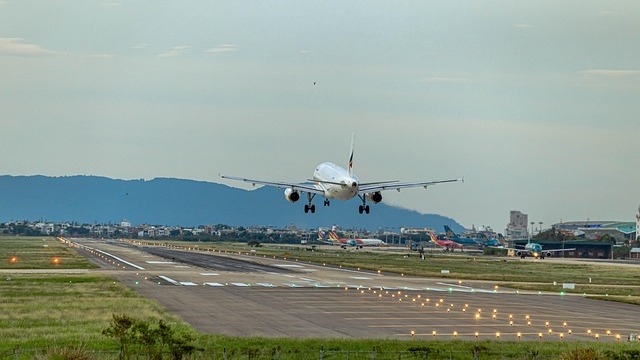
RTX and Raytheon: A New Era in Defense Contracts
The recent announcement that RTX’s Raytheon has secured a $760 million contract for the Advanced Medium-Range Air-to-Air Missile (AMRAAM) for the U.S. Air Force and allied partners underscores a crucial moment in military readiness and international collaboration. As military operations evolve, so too does the necessity for advanced weaponry and technology, reflecting the ever-changing landscape of global security threats.
What This Contract Means for Military Families
For active-duty service members and their families, this contract doesn’t just represent increased funding; it signifies a greater emphasis on the safety and operational capabilities of those stationed at home and abroad. As the U.S. strengthens its air defense systems, the prospect of job stability and opportunities within defense contracting and military-associated industries expands. This could open doors for military spouses seeking jobs and career growth. The ripple effects of such contracts penetrate deeply into local economies, potentially boosting employment opportunities in various related sectors.
Balancing Military Necessities and Community Impact
The integration of cutting-edge technology such as the AMRAAM will undoubtedly enhance combat readiness, but we must also consider the impact on communities near military installations. These contracts can drive economic activity, but they also alter local dynamics, from housing demands to educational resources. Military families moving to new bases often seek reliable schools and community support systems, making this development relevant not just to the military but also to civic leaders and local businesses.
Connecting the Dots: Valor in Action
Ties between military-funded projects and the principles of 'Valor in Action' highlight military heroism and leadership. The stories emerging from the military illustrate acts of valor that can inspire future generations. As service members train with advanced systems like the AMRAAM, they embody courage and resilience, key components not just on the battlefield but in civilian life as well.
What This Means for the Future
The implications of such a significant contract extend beyond present-day military strategy. They signal an ongoing commitment to advance partnerships between the U.S. and allied forces, paving the way for technological innovations in defense. This focus on modernization can lead to increased collaboration in research and development— areas that directly impact military spouses and families looking for career progression in technology and engineering fields.
In conclusion, as Raytheon takes on this substantial contract, military families and veterans should keep an eye on how these developments create new roles and opportunities. By understanding the interplay between military contracts and community support, families can position themselves for success in both their service and civilian lives. Stay informed, and don’t hesitate to explore new avenues for growth, knowing that together we can navigate the complexities of military life.
 Add Row
Add Row  Add
Add 




Write A Comment